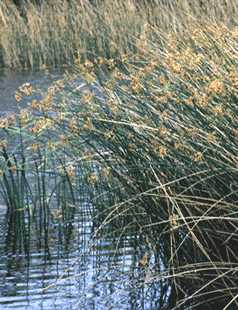
While there may be many reasons for a consultant, engineer or municipal planner to need to be active in wetland issues, some basic elements remain constant. One of the most basic is the identification of wetlands. Just because an area wet, it may not be a "wetland". Just because an area is dry, it may still be a "wetland".
The 3 components of all wetlands are:
While there are numerous definitions for wetlands, all address these three basic components.
Within these three are other finer points that must also be addressed by professionals dealing with remediation or permit issues. For example, what makes a soil "hydric"? What are some of the characteristics of hydric soils? What is a wetland obligate? How is an obligate community different from a facultative community? Soil and plant taxonomy become even more important as your involvement in wetland issues increases.

When an investigator needs to perform some form of assessment, there are several reputable methodologies that can be used to determine if a wetland is "functioning" and how well. A comparison of these methods and the application of each can be found in the EPA document called Review of Rapid Assessment Methods for Assessing Wetland Condition [PDF](EPA/620/R-04/009). EPA has also compiled a very thorough document dealing with assessing wetlands using various indicators like amphibians and nutrients and vegetation and land use. It can be found in a document called Methods for Evaluating Wetland Condition (EPA/822/R-02/014). This document is actually a series of 17 modules that comprise a single very large publication.
The Adobe® Acrobat Reader is required to view and print many documents that are linked to this course. You may obtain a free copy of the reader software from Adobe's® Web Site.